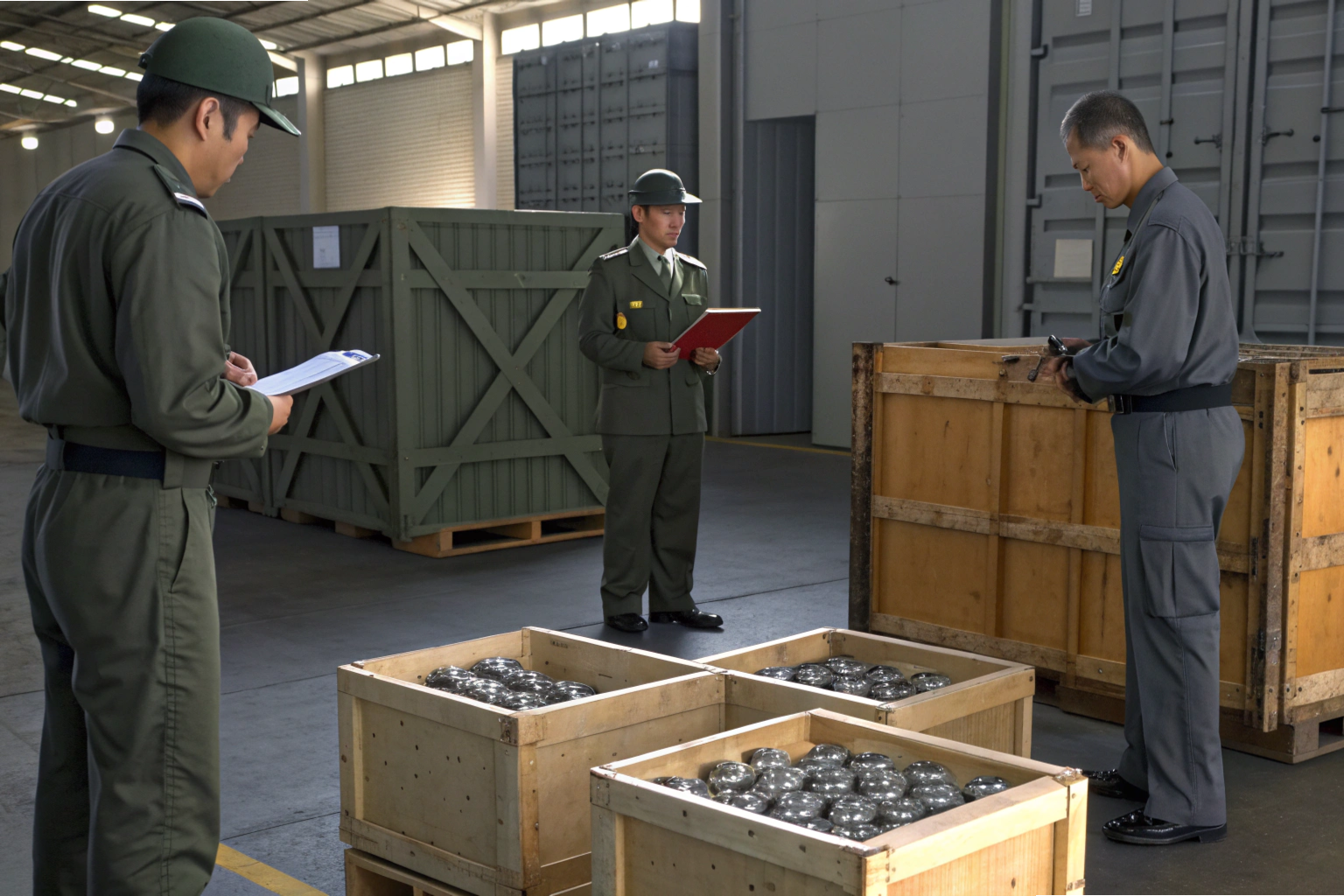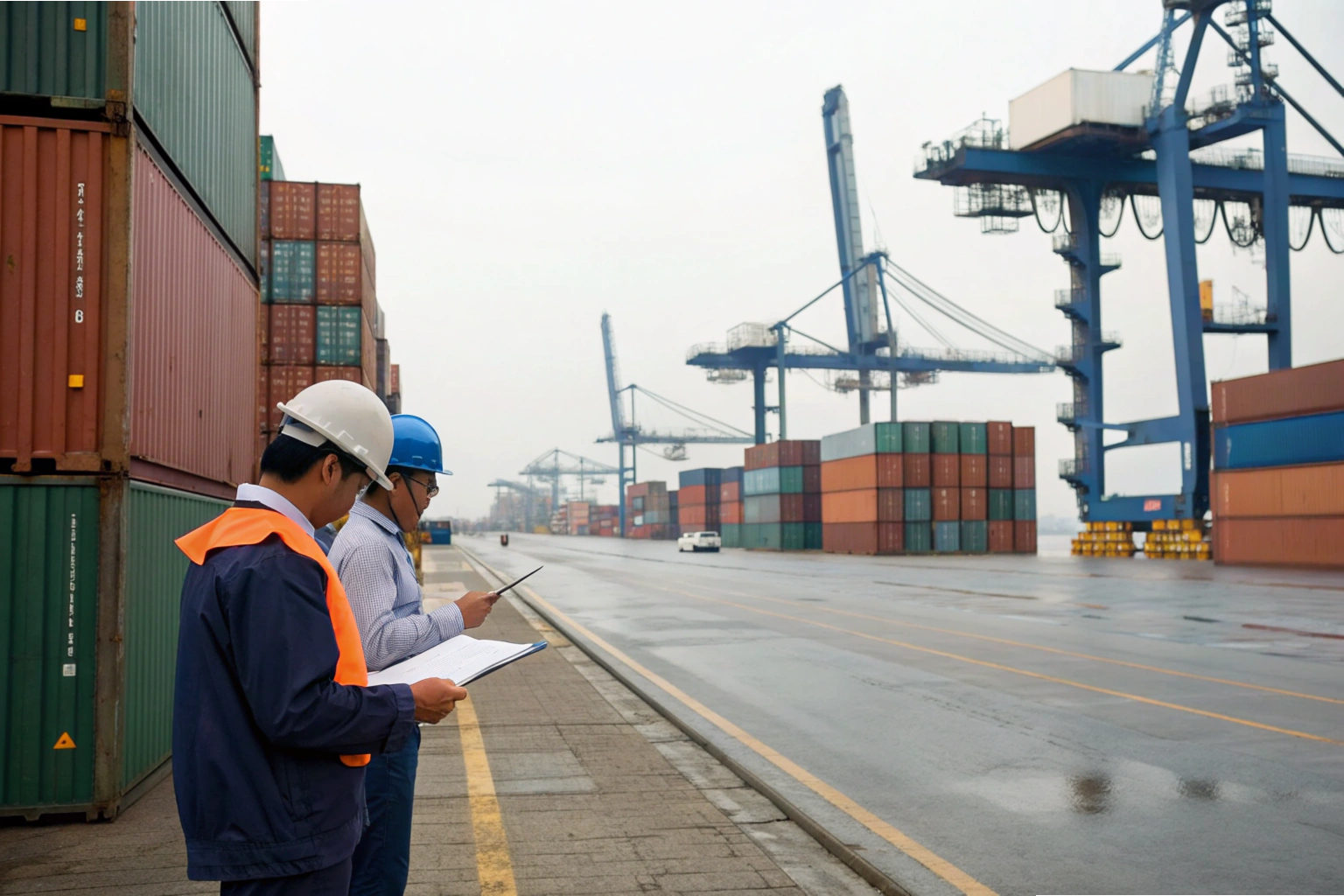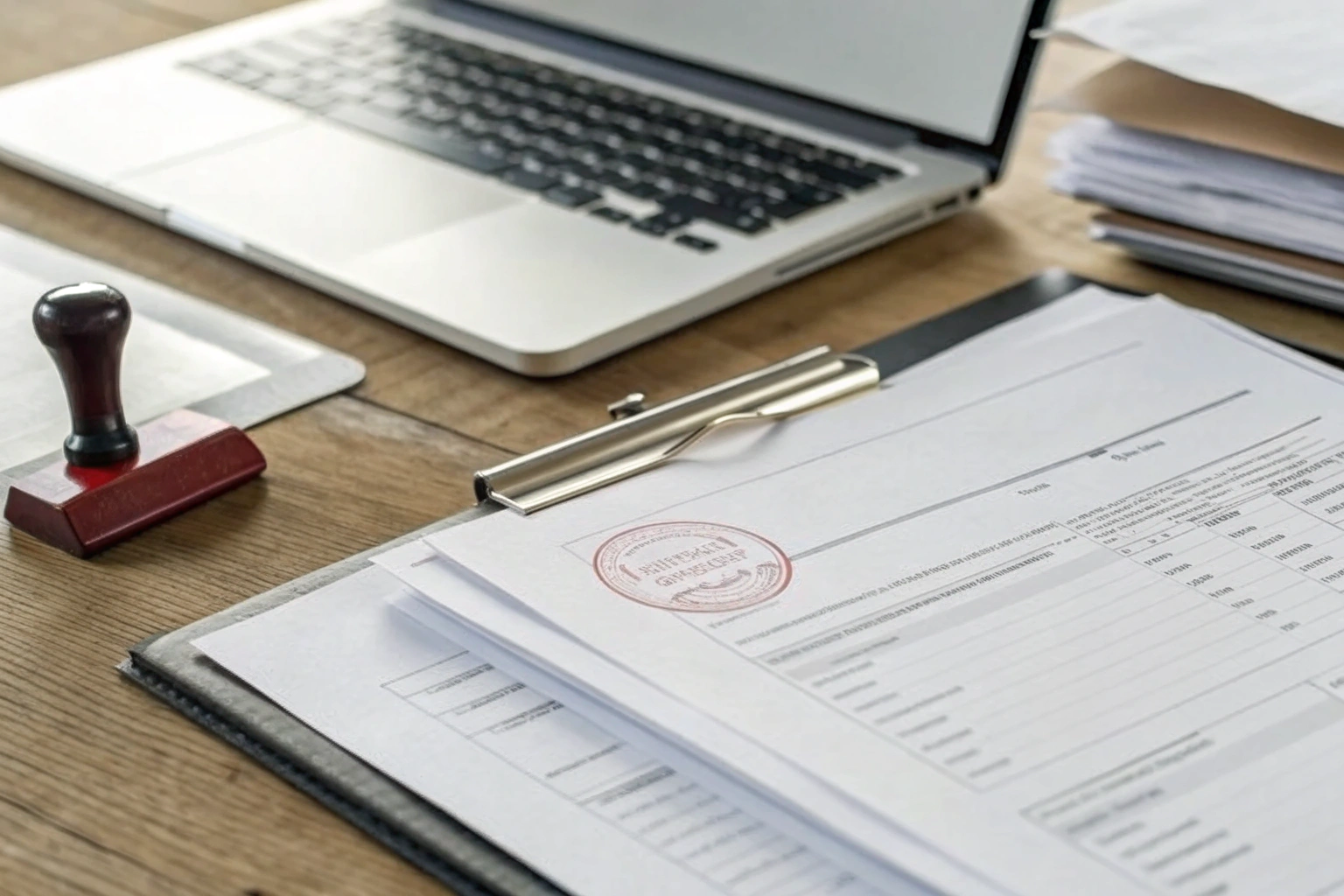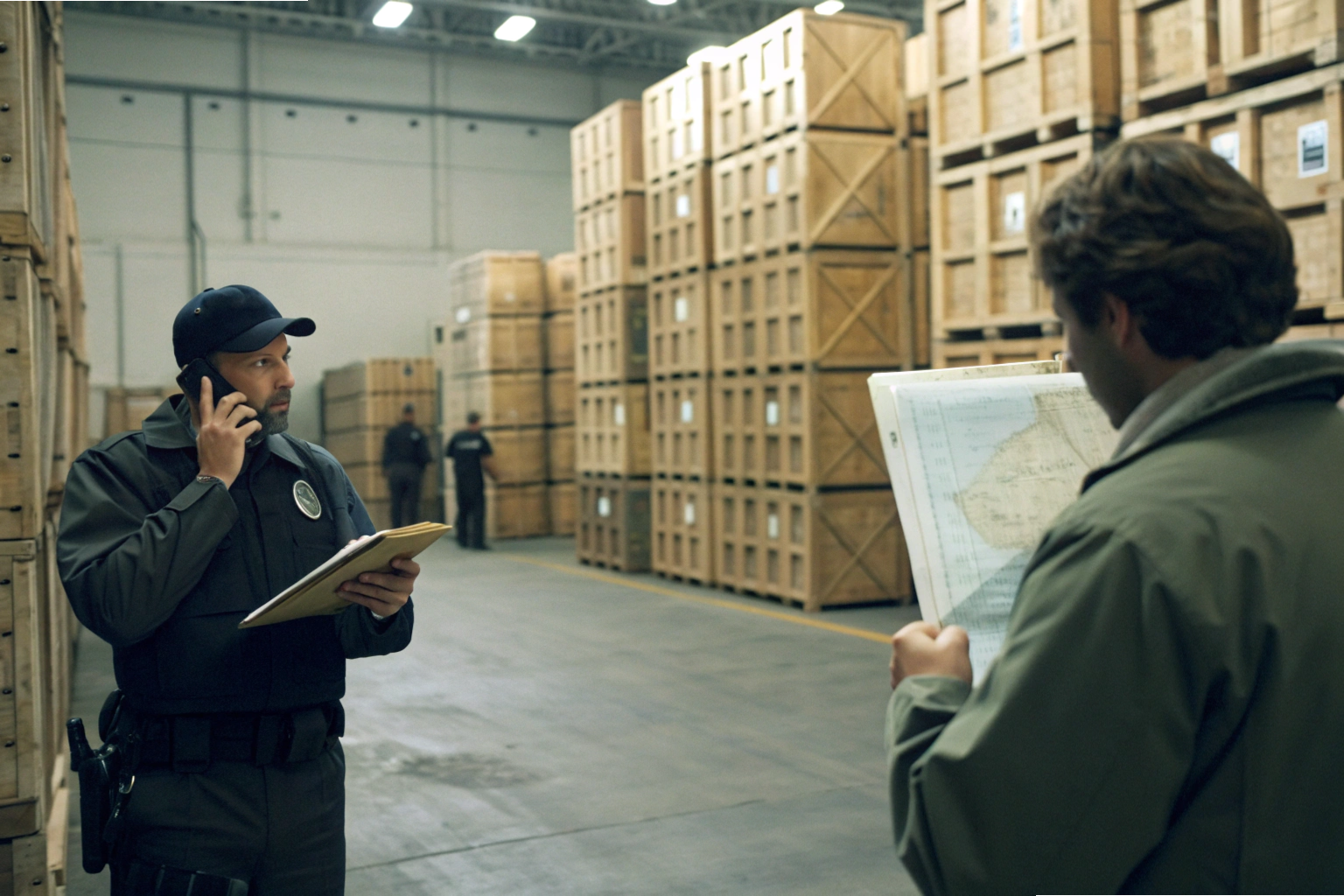
When I first tried sourcing CNC parts from Vietnam, I wondered if I’d run into unexpected export restrictions or hidden quotas.
Vietnam does not impose official export quotas on custom metal parts. However, buyers should pay close attention to U.S. tariffs, transshipment penalties, and evolving export control policies.
Many importers mistakenly assume Vietnam is “risk-free” just because it’s not China. But changing rules, licensing issues, and stricter origin verification can still disrupt your shipment plans.
Are metal parts subject to special export restrictions in Vietnam?
When I dealt with a defense-related project, our Vietnamese supplier had to pause the export due to unexpected licensing requirements—it cost us two weeks.
Custom metal parts are not generally subject to special export restrictions in Vietnam unless they involve strategic uses, military applications, or controlled materials.

While standard CNC-machined brackets, housings, and fabricated components typically move freely, issues arise when your parts involve sensitive alloys, dual-use functions, or technologies like aerospace fittings. Vietnam has begun drafting strategic trade control regulations 1 that could affect parts containing titanium, molybdenum, or other high-performance materials.
Key Scenarios That Trigger Export Controls
| Scenario | Potential Impact | Required Actions |
|---|---|---|
| High-precision aerospace or defense parts | Export license likely required | Work with licensed exporter |
| Dual-use materials (e.g., titanium, chromium alloys) | Subject to MOIT review | Submit material analysis |
| Embedded electronics/sensors | May be treated as sensitive goods | Declare full specification |
So if your components could conceivably be used in military, nuclear, or surveillance systems, get legal review early. Vietnam’s upcoming "Strategic Trade Control" decree will tighten rules significantly.
How do export procedures in Vietnam compare to China?
One of my U.S. clients told me: “China is predictable, Vietnam is still learning.” And frankly, he wasn’t wrong.
Vietnam’s export process is simpler for common goods, but not as mature or efficient as China’s. For time-sensitive shipments, Vietnam’s customs and infrastructure can still pose delays.

Process Comparison Table
| Step | Vietnam | China |
|---|---|---|
| Export declaration | VNACCS/VCIS system, less automated | Highly integrated, e-clearance |
| Licensing for sensitive goods | Ad-hoc, case-by-case | Structured, clearly listed |
| Port infrastructure | Improving, but still limited in some areas | Well-developed, high-volume ports |
| Customs efficiency | Depends on location; less predictable | Faster, with dedicated trade lanes |
| FTA utilization | Broad but complex | Broad, more institutional support |
Vietnam is upgrading its VNACCS customs system 2, but China’s efficiency still outpaces it. Buyers should expect slightly longer lead times out of Vietnam.
What paperwork is required for metal part exports from Vietnam?
I once missed a shipment because a supplier didn’t prepare the right certificate of origin—and the buyer refused to clear customs until it was corrected.
To export metal parts from Vietnam, suppliers must prepare invoices, packing lists, customs declarations, origin certificates, and inspection reports. Special licenses may be needed for sensitive parts.

Common Documents for Exporting Metal Parts
| Document | Purpose | Notes |
|---|---|---|
| Commercial Invoice | Declares value, terms, parties | Must match customs data |
| Packing List | Confirms weight, dimensions | Required for shipping & inspection |
| Certificate of Origin (C/O) | Enables FTA tariff reductions | Use Form D, EVFTA, CPTPP as needed |
| Export Declaration | Electronic filing to Vietnamese Customs | HS codes must match invoice |
| Test Reports (optional) | Prove material/processing compliance | Especially for U.S. or EU-bound goods |
| Export License (if needed) | Required for sensitive or controlled items | Issued by MOIT or other ministries |
Vietnamese suppliers often use EVFTA and CPTPP certificates 3 to secure tariff benefits, but incomplete paperwork remains a frequent cause of delays.
Can export rules delay shipments from Vietnam?
When I shipped a batch of powder-coated steel enclosures to California last year, it got held for seven days because of a sudden customs query about their origin.
Yes. While there are no hard export quotas, Vietnam’s export procedures, customs inspections, or regulatory surprises can delay shipments—especially for goods suspected of transshipment.

Common Delay Risks for Vietnam Exports
- Customs inspections – Physical checks can add days, especially at smaller ports.
- Origin verification – The U.S. and EU scrutinize Vietnam’s exports for potential Chinese-origin input transshipment.
- Incomplete documentation – Even small mistakes in the invoice or HS code can freeze your goods.
- Sensitive goods approvals – Strategic metal parts might need MOIT or military export clearance.
- Port congestion – Infrastructure still lags behind China in capacity and automation.
The U.S. applies strict anti-transshipment measures 4, and in 2025 an additional 40% tariff was added for suspected Chinese-origin goods re-exported from Vietnam.
Always include a buffer time in your logistics plan and work with experienced Vietnam freight forwarders 5 to minimize risks.
Conclusion
Vietnam doesn’t cap how much you can export, but red tape, origin rules, and policy shifts can still derail your shipment.
For risk management, track Vietnam’s Ministry of Industry and Trade updates 6, monitor U.S. tariff actions 7, and align your logistics with Incoterms 2020 8.
Combining proper documentation, compliance checks, and trusted partners will keep your shipments moving smoothly.
Footnotes
1. Vietnam drafting strategic trade control regulations. ↩︎
2. Vietnamese Customs on VNACCS electronic declaration system. ↩︎
3. EU guidance on Vietnam FTAs (EVFTA, CPTPP) and certificates of origin. ↩︎
4. USTR actions on anti-transshipment enforcement. ↩︎
5. DB Schenker Vietnam freight forwarding services. ↩︎
6. Vietnam Ministry of Industry and Trade policy updates. ↩︎
7. U.S. Customs and Border Protection tariff and entry guidance. ↩︎
8. ICC official Incoterms 2020 rules. ↩︎

